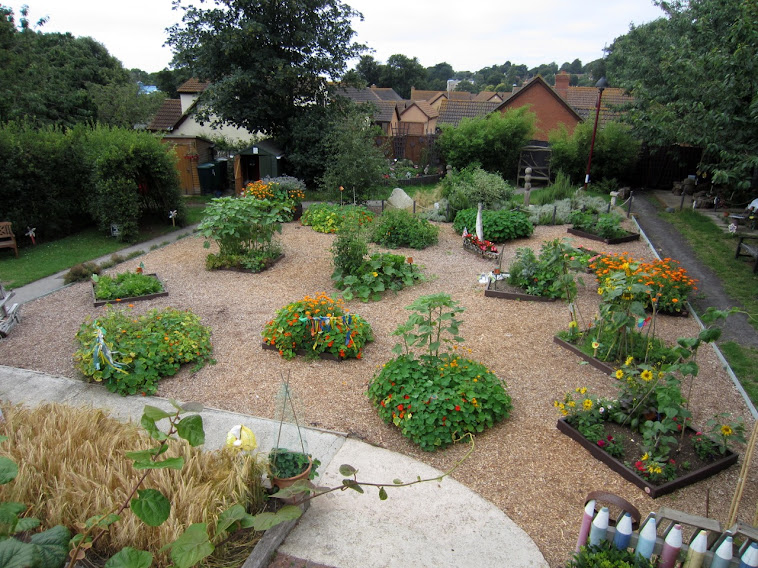 |
| Pammene regiana |
Galls have appeared on some of the willow leaves. Either a sawfly or a midge- it is thought that this gall is of the midge variety. Possibly it is Iteomyia major. However not being experts we are open to constructive comment. If it is the midge then in each of the cupsules is a small midge larva which hatches out from the underside of the leaf. Willow/Salix is prone to attack from many of these gall forming species
 |
| The leaf galls |
The Collared Dove chicks are growing fast and should fledge at the end of this week. The chicks were ringed with an individually numbered BTO bird ring which will give these birds a history if they are recovered elsewhere
 |
| The two Collared Dove chicks |
We have put aside one of the bird nesting boxes in the hope that we can attract the Tree Bumblebee. This species is spreading rapidly across England and has been seen in Dorset in Bridport, Puddletown and Poole so there is no reason why it should occur in Weymouth. Moss has been put into the nest box in the hope of attracting them. This picture is from the internet. It is a very handsome bumblebee
We are trialing a new type of Sweet Pea this year. It is called Tutankamen Blue. The flowers are small and delicate are of the most amazing blue. Hopefully they will last till the end of July for the NGS open days
 |
| Sweet Pea- Tutankamen Blue |
Our first Painted Lady butterfly was seen at the end of last week. A sign of hopefully better and warmer weather to come.
The Garden Open Day brought many visitors to our varied beds and habitats. We had a lot of positive and good comments. The few pictures below were taken prior to 'opening time'. The day raised just under £200 for the garden funds.

































